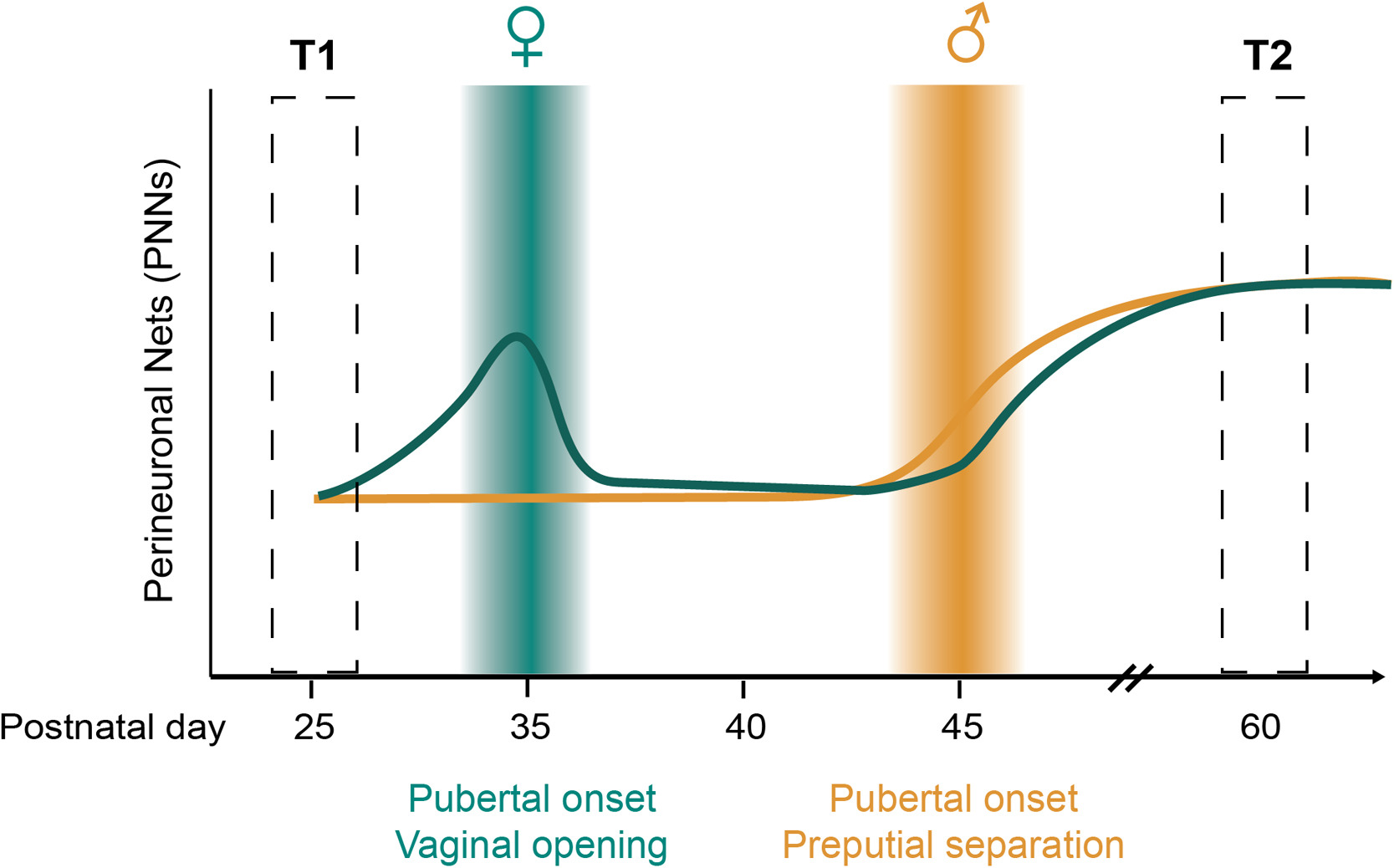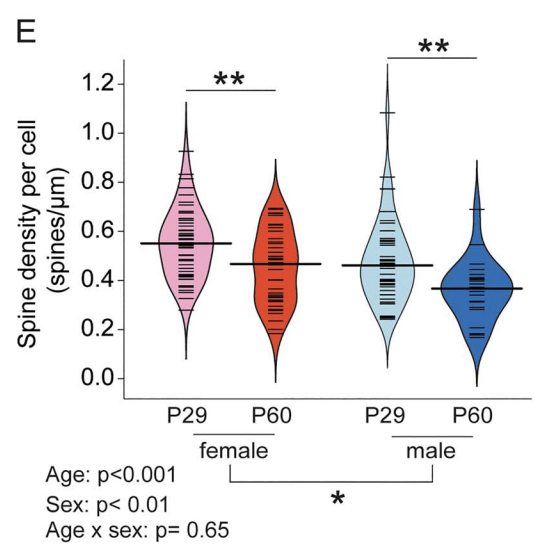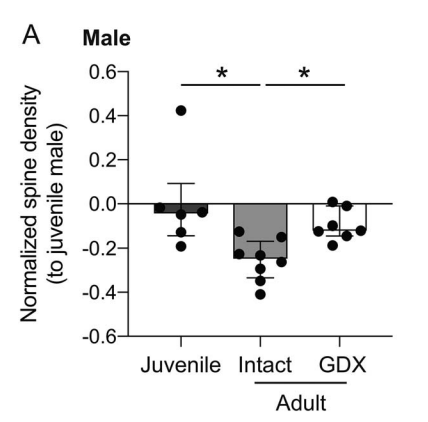Coming of age in the frontal cortex: The role of puberty in cortical maturation
Across species, adolescence is a period of growing independence that is associated with the maturation of cognitive, social, and affective processing. Reorganization of neural circuits within the frontal cortex is believed to contribute to the emergence of adolescent changes in cognition and behavior. While puberty coincides with adolescence, relatively little is known about which aspects of frontal cortex maturation are driven by pubertal development and gonadal hormones. In this review, we highlight existing work that suggests puberty plays a role in the maturation of specific cell types in the medial prefrontal cortex (mPFC) of rodents, and highlight possible routes by which gonadal hormones influence frontal cortical circuit development.


